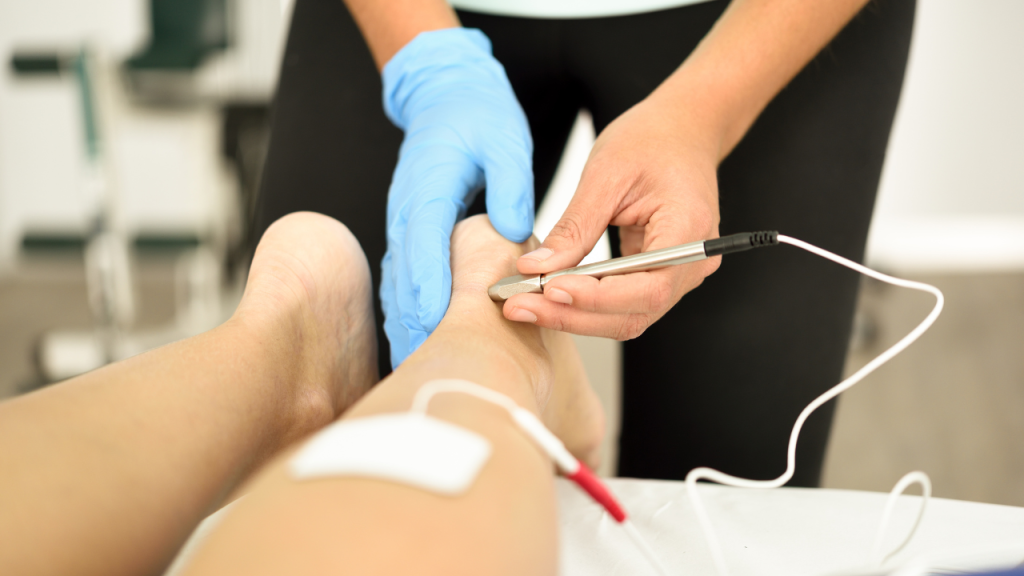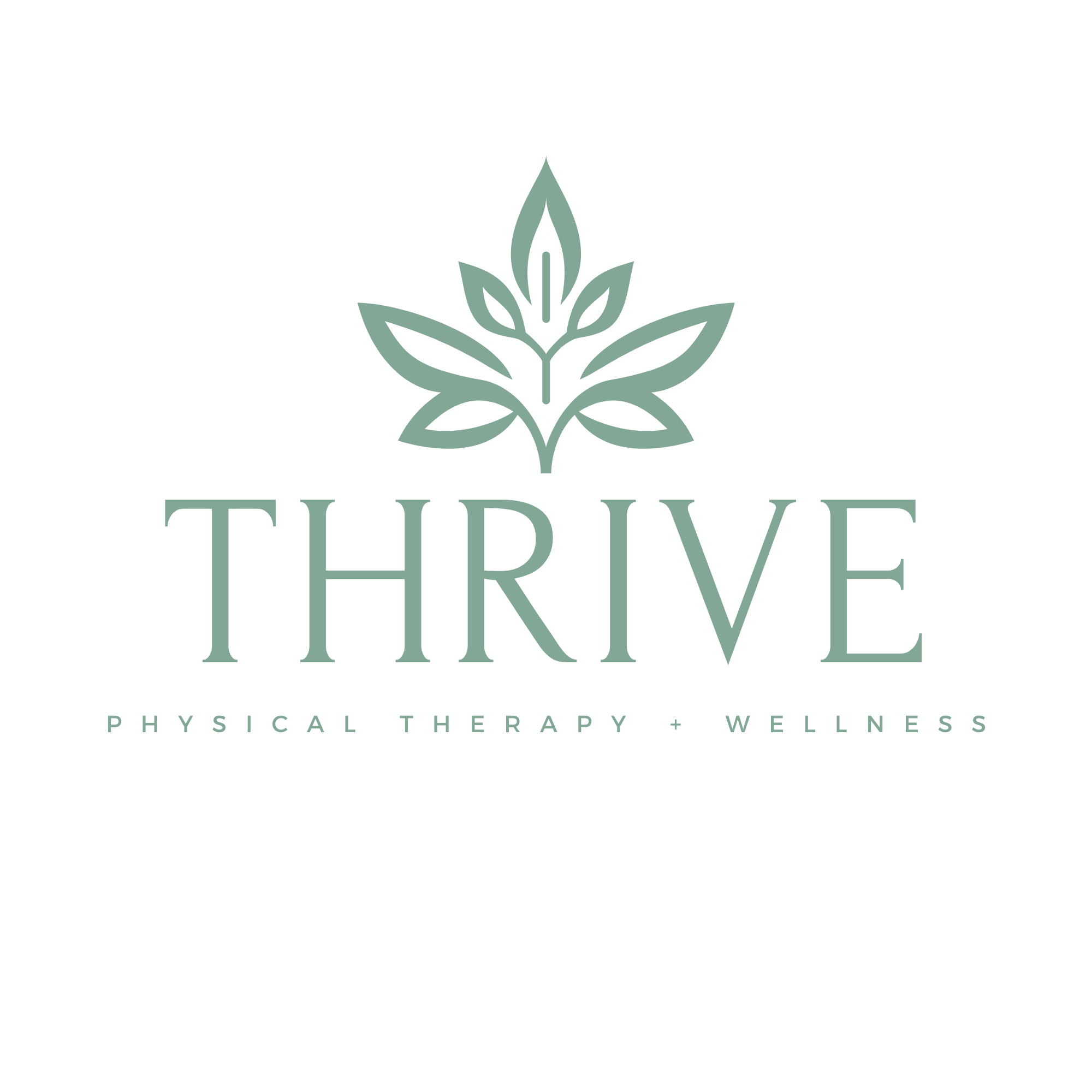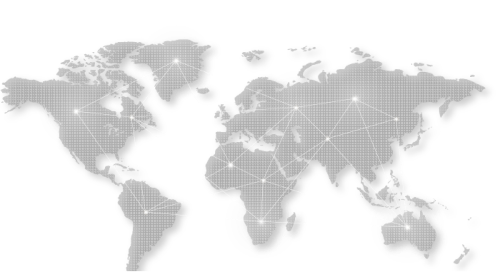
Foot and ankle pain doesn’t just hurt your body—it slowly chips away at your freedom. From that first hesitant step in the morning to the limp that lingers into the evening, the discomfort can be relentless. But here’s the hopeful truth: pain is not a life sentence. With the right approach, healing is entirely possible. And for those who are ready to take that journey, physical therapy—specifically from experienced providers like Thrive Physical Therapy—offers an effective, evidence-backed path toward recovery.
Foot and ankle pain may start small—a minor twist during a jog, an awkward landing, even tight shoes—but if left unaddressed, it can snowball. The foot, composed of 26 bones and 33 joints, is a complex structure responsible for your stability and movement. When any part of that system falters, your entire body feels the ripple effects. It can alter the way you walk, cause knee or hip misalignment, and drain your energy over time. That’s why it’s crucial to understand the importance of targeted physical therapy treatments that not only ease pain but also address the root cause.
Understanding the Complexity Behind Foot and Ankle Pain
Before diving into the treatments, it’s essential to grasp why the foot and ankle are such hotspots for injury and chronic issues. The foot bears the weight of every step you take. Overuse, improper footwear, high-impact sports, or even something as simple as standing too long on hard surfaces can cause inflammation, stress, or mechanical dysfunction. Ankle sprains, plantar fasciitis, Achilles tendonitis, and arthritis are some of the more common culprits.
Often, pain in these areas doesn’t resolve with rest alone. In fact, inactivity can sometimes worsen the situation by weakening the muscles that provide support. That’s where the brilliance of personalized physical therapy comes in. Rather than merely masking symptoms, it builds the strength, flexibility, and stability needed to keep the pain away—for good.
Manual Therapy: The Hands-On Healing You Didn’t Know You Needed
Let’s start with the power of human touch—specifically, manual therapy. At Thrive Physical Therapy, this isn’t just a feel-good massage. It’s a deliberate, science-based technique used to manipulate soft tissues and mobilize joints. When applied to the foot and ankle, manual therapy can improve joint range of motion, reduce swelling, release muscle tightness, and improve circulation.
Skilled physical therapists use their hands to target adhesions and trigger points, break up scar tissue from old injuries, and re-educate the muscles. It might involve gentle joint mobilizations or more aggressive soft tissue techniques depending on your tolerance and goals.
And here’s something patients often say after their first few sessions: “I didn’t realize how restricted my foot really was until it started moving better.” That’s manual therapy doing its magic—quietly but powerfully unlocking potential.
Therapeutic Exercises: Rebuilding Strength and Mobility from the Ground Up
Movement is medicine—when done correctly. Customized therapeutic exercises are the heart of any solid recovery plan. No two patients are the same, and at Thrive Physical Therapy, that principle is non-negotiable. Whether you’re recovering from surgery or simply trying to walk without limping, your exercises are designed specifically for you.
These might include resistance band routines to wake up the intrinsic muscles in your feet, balance drills to improve proprioception, or calf stretches to relieve Achilles tension. The key here is progression. Therapy starts gently—perhaps with toe curls and towel scrunches—but gradually builds in complexity to ensure that strength and control are fully restored.
What’s even better? These exercises don’t just fix today’s problems. They also serve as preventive tools, reducing your chances of reinjury down the road.
Gait Training: Teaching Your Feet to Move the Right Way Again
Let’s talk about something that often flies under the radar: how you walk. After an injury, your gait (walking pattern) changes. You may unconsciously favor the uninjured foot or alter your stride to avoid pain. Over time, this leads to poor biomechanics, which can cause even more pain—not just in the foot and ankle but also in the knees, hips, and back.
That’s where gait training becomes critical. At Thrive, therapists analyze your walk—sometimes using slow-motion video or force plate technology—to identify irregularities. Then they guide you through corrective movements, gradually restoring a natural and efficient stride.
Many patients find this process incredibly eye-opening. You begin to understand how small adjustments—like where your foot lands or how you push off—can make a world of difference. Gait training is especially vital for runners or athletes but is equally valuable for anyone who wants to reclaim their ease of movement.
Neuromuscular Reeducation: Helping the Brain and Body Sync Back Up
When injury strikes, it’s not just the muscles that suffer. The nervous system also goes into defense mode. The brain changes how it communicates with the affected area, leading to compensations and faulty movement patterns. That’s why neuromuscular reeducation is such a crucial piece of the puzzle.
This technique helps retrain your brain to properly engage the correct muscles at the right time. Think of it as rebooting the system. Using a combination of balance boards, targeted cues, mirror feedback, and tactile prompts, therapists at Thrive help reestablish the mind-body connection.
It might sound abstract, but the results are anything but. Patients who once struggled with chronic instability or repeated ankle sprains often feel more grounded, stable, and confident in their movements after just a few weeks of this training.
Instrument-Assisted Soft Tissue Mobilization (IASTM): Precision Tools for Deeper Relief
Some areas of tension require a little extra help—and that’s where instrument-assisted techniques come in. Using specialized tools, therapists can precisely detect and treat fascial restrictions, scar tissue buildup, and areas of microtrauma.
This approach can feel a bit intense at first, but it’s incredibly effective, especially for stubborn chronic conditions like plantar fasciitis or post-surgical adhesions. The tools allow for deeper penetration without increasing therapist fatigue, ensuring that each session maximizes benefit.
Many Thrive patients report a noticeable difference in flexibility and reduced pain after IASTM. When combined with stretching and strengthening, it becomes part of a holistic plan that leaves nothing unaddressed.
Dry Needling: A Targeted Reset for Chronic Muscle Tightness
Sometimes, muscle knots and deep-seated tightness just won’t go away with stretching or massage alone. That’s where dry needling becomes a game-changer. Using thin, sterile needles, therapists target myofascial trigger points—the knotted areas in muscle fibers that can refer pain or restrict movement.
It’s not acupuncture (though it may look similar). Dry needling is rooted in Western medicine and anatomy, focusing specifically on muscle and nerve function. When done by a licensed, trained practitioner, it can release years of tension in minutes.
At Thrive, dry needling is often integrated into a broader plan, not used in isolation. That means it works hand-in-hand with exercises, manual therapy, and other modalities to produce long-lasting results.

Footwear and Orthotic Advice: What You Wear Truly Matters
Not all healing happens on the treatment table. What you do at home, at work, or even during errands plays a major role in your recovery. One often overlooked aspect? Your shoes. Ill-fitting or unsupportive footwear can singlehandedly derail your progress.
Physical therapists at Thrive take a comprehensive look at your shoes, walking habits, and even your work environment to offer meaningful suggestions. Sometimes, the fix is as simple as changing your shoes. Other times, it may involve prescribing custom orthotics or offloading braces that relieve pressure and allow healing.
This guidance is more than just surface-level advice—it’s based on gait analysis, pressure mapping, and experience with a variety of foot types and conditions. For patients who’ve been wearing the wrong shoes for years, this simple shift can be revolutionary.
The Emotional Side of Recovery: Addressing Frustration and Fatigue
Healing is not just physical—it’s mental. Chronic foot and ankle pain can weigh heavily on your mind. The inability to move freely, exercise, or even enjoy a walk can be demoralizing. Many patients come in not just limping, but discouraged.
At Thrive Physical Therapy, there’s a deep understanding that recovery is emotional too. Therapists listen. They celebrate small wins, help you set realistic expectations, and most importantly, remind you that progress is rarely linear. You may have setbacks, but that doesn’t erase the progress you’ve made.
This empathetic approach is what keeps patients motivated, even when the journey feels slow. Because when you know someone genuinely cares about your recovery, it becomes easier to care for yourself too.
Suggested Reading: Foot and Ankle Pain After Injury: Why Therapy Is Key for Recovery
Conclusion: Walking Toward a Pain-Free Future
Foot and ankle pain may be complex, but the path to healing doesn’t have to be. With the right guidance, techniques, and support, you can move beyond discomfort and rediscover the joy of walking, running, and living pain-free. Thrive Physical Therapy offers not just treatment—but transformation. They don’t just treat symptoms; they help patients reclaim their confidence, rebuild their strength, and return to doing what they love.
If you’re tired of tiptoeing around your pain and ready to step boldly into recovery, Thrive Physical Therapy is where your journey begins. Their team of dedicated professionals combines clinical expertise with genuine compassion, providing personalized care every step of the way. Learn more, book your evaluation, or explore their services by visiting https://thriveptclinic.com/. Your feet—and your future—deserve it.

